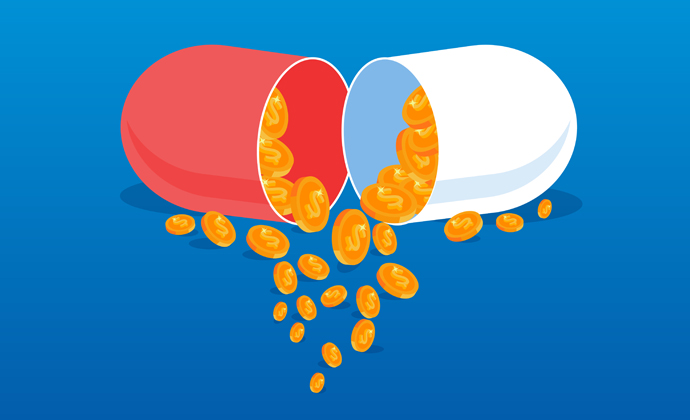Payer Turns to PBM Coupon Program to Lower Prescription Drug Spending
In the first quarter of 2023, the program resulted in $4.5 million in reduced prescription drug spending for participating employer groups.

Source: Getty Images
- Reducing drug prices is top-of-mind for payers and employers alike. Some payers, like Capital Blue Cross, seek to make drugs more affordable by connecting members with existing coupon solutions.
Capital Blue Cross is one of the latest Blue Cross Blue Shield Association licensees to adopt FlexAccess in an effort to decrease the cost of medications. In a state where eight in ten voters are at least slightly worried about prescription drug affordability including 79 percent in the region that Capital Blue Cross serves, the program’s goal aligns with residents’ concerns.
FlexAccess is a program that Capital Blue Cross’s pharmacy benefit manager (PBM), Prime Therapeutics, offers. Other Blue Cross Blue Shield Association independent licensees, including Blue Cross and Blue Shield of Kansas, Blue Cross and Blue Shield of Minnesota, and Blue Cross and Blue Shield of Nebraska, provide the same option to their plan members.
The participating payers describe FlexAccess as a point-of-sale solution that allows members to access specialty drug coupons through any participating pharmacy. Capital Blue Cross calls the program a copay optimization strategy.
The goal is to help members take advantage of coupons that pharmaceutical manufacturers provide. The coupons are for specialty prescription drugs. As a result, FlexAccess supports access to care for members with chronic conditions like rheumatoid arthritis, Crohn’s disease, and psoriasis.
Samir Mistry, vice president of pharmacy strategy and services at Capital Blue Cross, told HealthPayerIntelligence by email that the program was not expected to affect medication adherence. Eligible specialty drugs primarily serve members with debilitating or life-threatening conditions.
“What we do expect and are seeing is an improvement in affordability of high-cost medications,” Mistry explained.
The payer has already seen the financial downstream impacts of this solution for members. Through FlexAccess, consumers have saved on average $3,000 per member. Overall, participating employer groups saved $4.5 million in the first quarter of 2023 alone by implementing this program.
These savings do not include the impacts of the payer’s other efforts around alleviating members’ prescription drug spending. Additional cost-cutting initiatives include participating in Mark Cuban Cost Plus Drugs, starting the patient-assistance program Capital Blue Cross RxAid, and implementing a real-time drug comparison tool for prescribers to use.
Coupons have been a source of tension between payers and pharmaceutical manufacturers. Only a couple of months before Capital Blue Cross made its announcement, AHIP took a stance against copay coupons.
The payer organization argued that, instead of lowering prescription drug costs, copay coupons raised spending. They were assigned, not by price, but by the drug itself. Pharmaceutical manufacturers have used copay coupons to drive competition and draw attention away from generic drugs, without changing the actual price of the drugs or reducing the cost for payers.
To counteract this issue, AHIP supported copay accumulator programs. These programs exclude coupons from members’ cost-sharing limits.
Debates over how to reduce drug spending are taking place in the context of skyrocketing prescription drug prices. Only 10 drugs—or 0.3 percent of the drugs that Medicare covered— accounted for over 20 percent of the total gross Medicare Part D spending in 2021. Between 2018 and 2020, prescription drug spending absorbed most of the premium dollar.
As payers struggle to bring prescription drug spending under control, they may need to turn to pharmacy benefit manager programs like FlexAccess.
